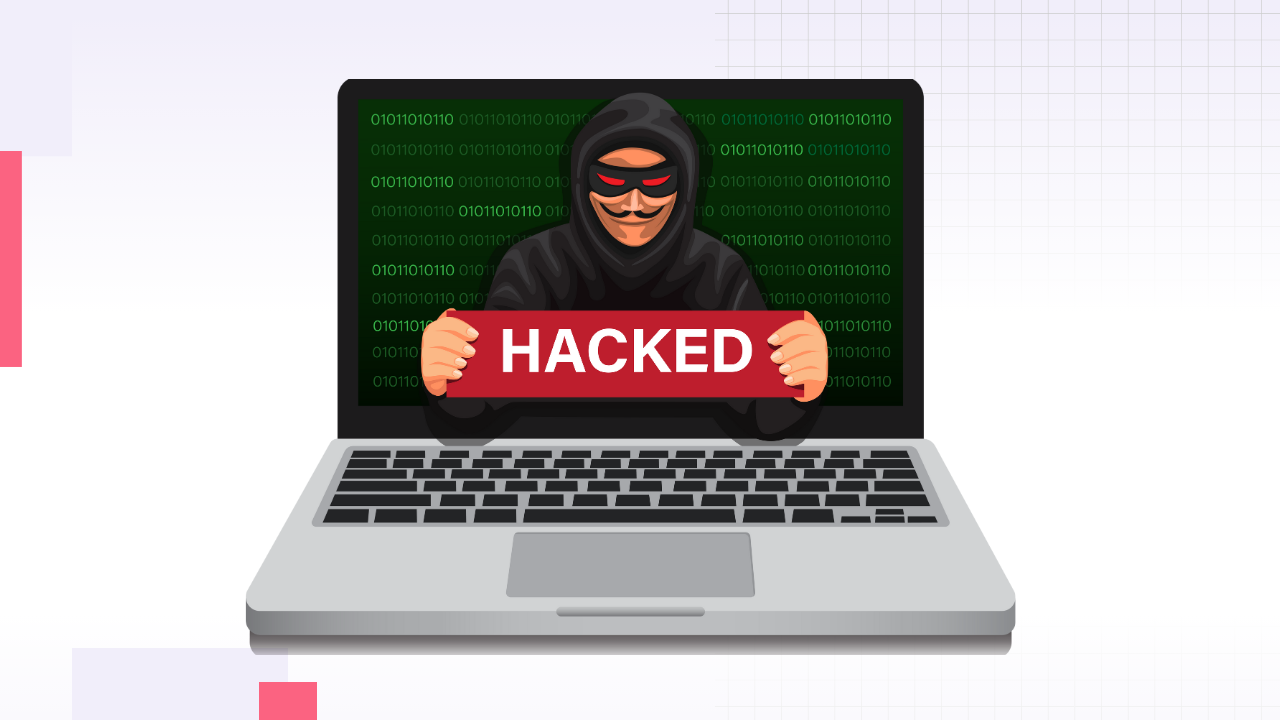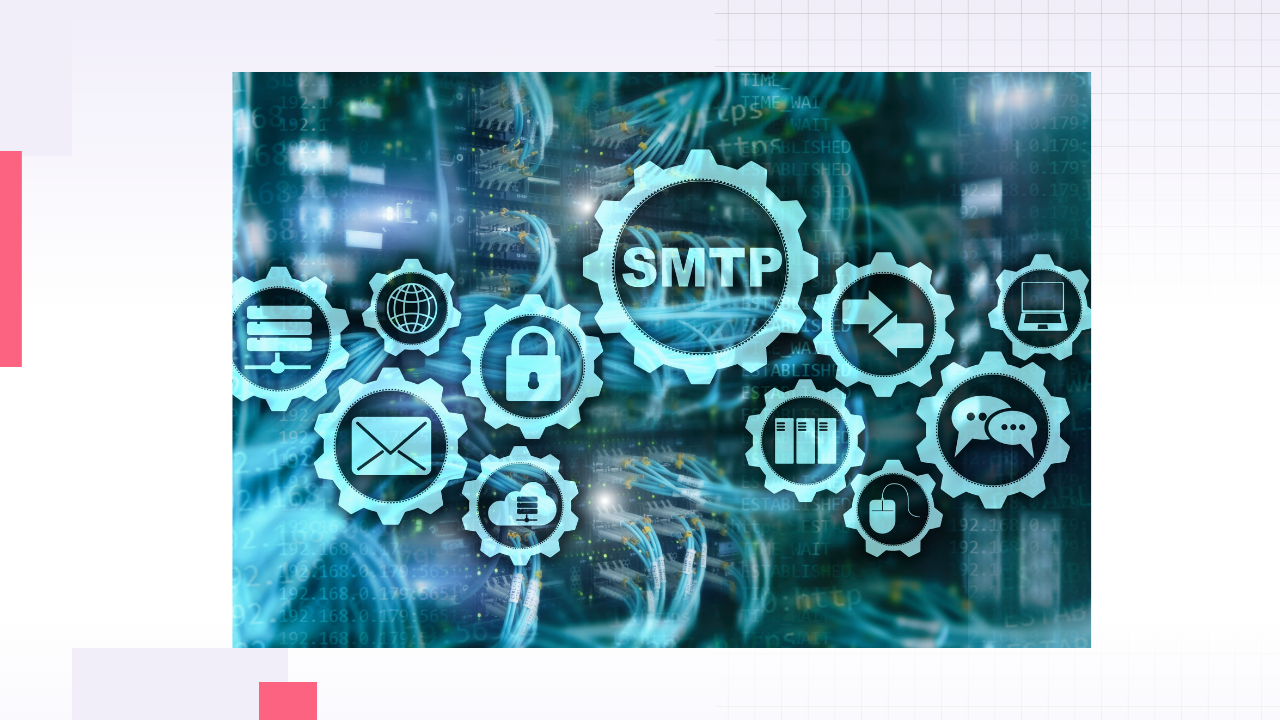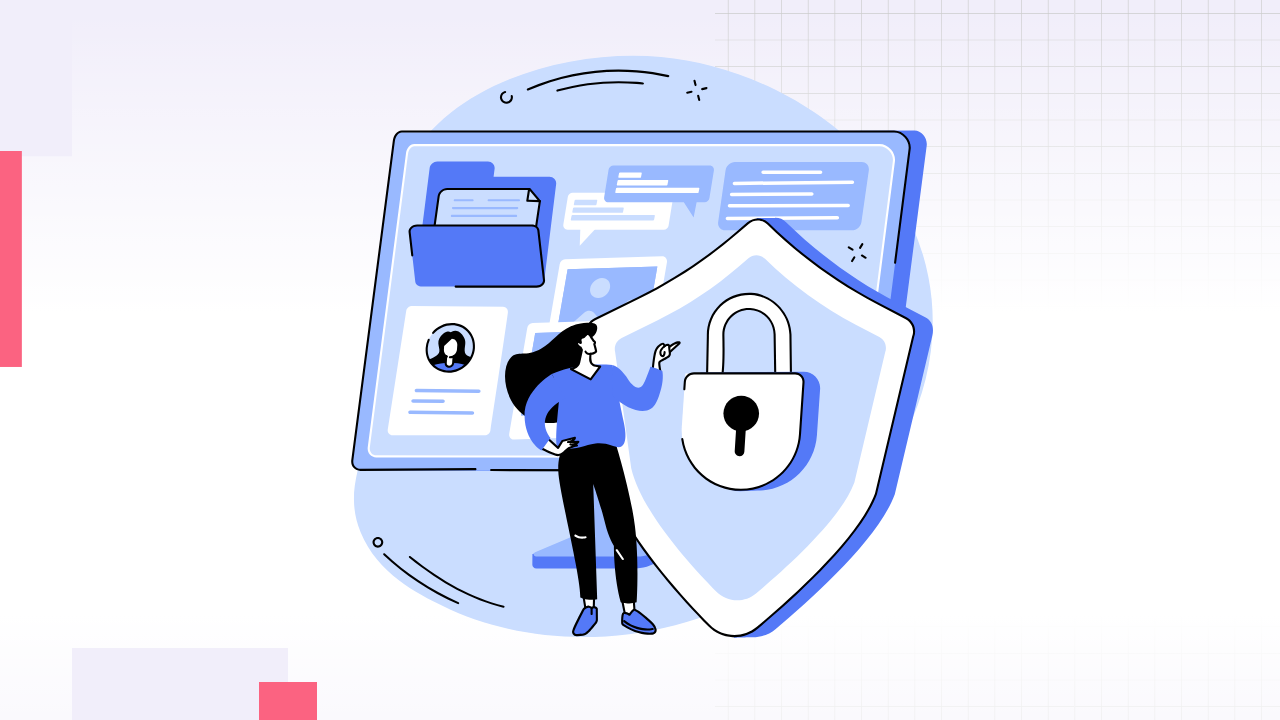Account hacking is a serious issue that can lead to data theft and financial loss. Securing your accounts swiftly is crucial to prevent further damage. Hackers can access personal information, misuse it, and cause significant harm. Changing your passwords and enabling two-factor authentication are immediate steps to secure your accounts.
Reporting the breach to the service provider helps them take necessary actions. It also alerts them to potential widespread issues. Regularly updating passwords and monitoring account activity can minimize future risks. Stay vigilant and proactive to protect your online security.
Recognizing The Signs Of A Hacked Account
In today's digital world, account security is paramount. If your account gets hacked, acting swiftly is crucial. Recognizing the signs early can save you from potential damage. Here’s how to identify if your account has been compromised.
Unusual Activity
One of the first signs of a hacked account is unusual activity. Pay close attention to any anomalies. These can include:
-
Unexpected password changes.
-
Unknown logins from different locations.
-
New devices connected to your account.
-
Strange messages sent from your account.
Monitor your account regularly. Check for any recent activity that you don't recognize. If you see something suspicious, it might be a sign of a breach.
Another red flag is unfamiliar transactions. This is especially critical for financial accounts. Review your transaction history. Look for purchases or transfers you didn’t make. If you find any, report them immediately.
|
Type of Activity |
What to Look For |
|---|---|
|
Login Attempts |
Multiple failed login attempts |
|
Email Notifications |
Password reset or login alerts |
|
Account Settings |
Changes you didn’t make |
Unauthorized Access
Unauthorized access to your account is a clear sign of hacking. If you notice unfamiliar logins, take action immediately.
Check your account settings. Look for new devices or locations that have accessed your account. Many platforms provide a history of logins, including IP addresses and device types.
Here's how to identify unauthorized access:
-
Go to your account settings.
-
Find the security or login activity section.
-
Review the list of recent logins.
-
Identify any unfamiliar devices or locations.
If you spot any suspicious activity, change your password immediately. Enable two-factor authentication for extra security. This adds an extra layer of protection.
Also, check if any of your personal information has been altered. Hackers might change your email address, phone number, or other details to lock you out. Restore your correct information as soon as possible.
By keeping an eye out for these signs, you can quickly identify and address unauthorized access.
Immediate Steps To Take
Finding out your account has been hacked can be scary. The key is to act quickly. Here are the immediate steps to take to secure your account and prevent further damage.
Change Passwords
The first step is to change your passwords immediately. Start with the compromised account and then change passwords for other accounts. Use strong, unique passwords for each account. Avoid using the same password across multiple accounts.
-
Go to the account settings of the hacked account.
-
Select the option to change your password.
-
Choose a password that is at least 12 characters long.
-
Use a mix of letters, numbers, and special characters.
Consider using a password manager to generate and store complex passwords. This makes it easier to maintain strong passwords across all your accounts.
|
Do |
Don't |
|---|---|
|
Use a mix of characters |
Use personal information |
|
Change passwords regularly |
Use common words |
Enable Two-factor Authentication
Next, enable Two-Factor Authentication (2FA) to add an extra layer of security. This means you'll need more than just a password to access your account.
Here's how to enable 2FA:
-
Go to your account settings.
-
Find the security settings section.
-
Select Two-Factor Authentication or 2FA.
-
Follow the prompts to set it up.
-
Choose a method, like SMS or an authentication app.
Using 2FA ensures that even if someone has your password, they can't access your account without the second factor.
Benefits of 2FA:
-
Makes it harder for hackers to get in.
-
Provides an extra layer of security.
-
Alerts you if someone tries to access your account.
Enable 2FA on all your important accounts, including email, social media, and financial services.
Contacting The Platform Or Service Provider
Discovering that your account has been hacked can be a stressful experience. One of the first steps you should take is contacting the platform or service provider. They can help you regain control and secure your account. Below, we’ll guide you through the key actions to take when reaching out to them.
Reporting The Incident
Start by reporting the incident to the platform or service provider. This is crucial to alert them to the breach and initiate recovery procedures. Follow these steps:
-
Visit the platform’s official website or app.
-
Locate the ‘Help’ or ‘Support’ section.
-
Find the option to ‘Report a Problem’ or ‘Contact Support’.
-
Provide detailed information about the issue:
|
Information |
Details |
|---|---|
|
Account details |
Email, username, and any other identifiers. |
|
Description of the issue |
Explain how you noticed the hack and any suspicious activity. |
|
Date and time |
When you first noticed the suspicious activity. |
|
Contact information |
Your email or phone number for follow-up. |
Be prompt and thorough in your report to expedite the process. The platform will likely send a confirmation email or message, so keep an eye on your inbox for updates.
Seeking Assistance
Once you have reported the incident, it’s essential to seek assistance from the platform’s support team. Here’s how you can do that:
-
Check the support section for recovery guides and FAQs.
-
Look for a live chat option to get immediate help from a support representative.
-
If available, use the platform’s dedicated helpline for hacked accounts.
Communicate clearly and provide any requested documentation to verify your identity. The support team may ask for:
-
Proof of identity such as a government-issued ID.
-
Recent account activity to confirm legitimate use.
-
Answers to security questions you set up during registration.
Stay patient and cooperative throughout the process. Platforms typically have protocols to ensure the security and restoration of your account. The support team will guide you through steps like:
-
Resetting your password.
-
Enabling two-factor authentication.
-
Reviewing and securing linked accounts.
By actively seeking assistance, you can quickly regain control and secure your account from future threats.
Securing Other Online Accounts
If your account gets hacked, it can be a scary experience. Hackers can cause a lot of trouble. They can steal your information or money. But don’t worry, you can take steps to fix it. One important step is to secure your other online accounts. This will help you stay safe and protect your information.
Reviewing Account Security
The first thing you need to do is review your account security. Go through each account and check for any unusual activity. Look at your recent logins. Make sure there are no unknown devices or locations. If you find anything strange, report it right away.
Here are some things to check:
-
Login History: Check if there are any logins from unknown locations.
-
Devices: Make sure all listed devices are yours.
-
Account Activity: Look for any changes you didn’t make.
Also, enable security features on your accounts. This can include:
-
Two-Factor Authentication (2FA): Adds an extra layer of security.
-
Security Questions: Make sure these are hard to guess.
-
Backup Email and Phone: Keep these updated to recover your account easily.
By reviewing your account security, you can catch any problems early. This helps keep your information safe.
Updating Passwords
After reviewing your account security, the next step is updating your passwords. Use strong and unique passwords for each account. This makes it harder for hackers to get in. Avoid using the same password for multiple accounts. If one gets hacked, others will stay safe.
Here are tips for creating strong passwords:
-
Length: Use at least 12 characters.
-
Mix: Combine letters, numbers, and symbols.
-
Avoid: Don’t use common words or personal information.
Consider using a password manager. It helps you create and store strong passwords. This way, you don’t have to remember them all.
|
Action |
Details |
|---|---|
|
Change Passwords |
Update all accounts with new, unique passwords. |
|
Use a Password Manager |
Store and create strong passwords easily. |
|
Enable 2FA |
Add an extra layer of security to your accounts. |
Updating your passwords is a key step in protecting your accounts. It keeps hackers out and your information safe.
Preventive Measures For The Future
Getting your account hacked can be a scary experience. After securing your account, it's essential to focus on preventive measures for the future. Implementing these steps can help you safeguard against future attacks and ensure your online safety.
Educating Yourself
Understanding how hacks occur is the first step in preventing them. Keep yourself informed about the latest cyber threats and security practices. Here are some ways to educate yourself:
-
Read cybersecurity blogs: Follow reputable blogs that discuss the latest in cybersecurity.
-
Take online courses: Websites like Coursera and Udemy offer courses on cybersecurity basics.
-
Join forums: Participate in forums like Reddit’s r/cybersecurity to ask questions and learn from experts.
Additionally, you can use the following table to keep track of essential cybersecurity resources:
|
Resource |
Description |
|---|---|
|
Cybersecurity Blogs |
Up-to-date information on threats and security practices. |
|
Online Courses |
Structured learning on cybersecurity topics. |
|
Forums |
Community discussions and expert advice. |
Consistent learning helps you stay ahead of potential threats. Make it a habit to spend time each week educating yourself about cybersecurity.
Regular Security Audits
Conducting regular security audits is vital for maintaining account safety. These audits help identify vulnerabilities and ensure that your security measures are up-to-date. Here’s how you can perform effective security audits:
-
Check your passwords: Ensure they are strong and unique. Use a password manager for better security.
-
Update software: Regularly update all software to patch any vulnerabilities.
-
Review account activity: Regularly check for any suspicious activity in your accounts.
Using security tools can also enhance your audits. Here's a list of tools to consider:
|
Tool |
Purpose |
|---|---|
|
Password Manager |
Generates and stores strong passwords. |
|
Antivirus Software |
Protects against malware and viruses. |
|
Firewall |
Monitors incoming and outgoing traffic. |
Regular audits help maintain a strong security posture. Make it a routine to perform these checks monthly.
Frequently Asked Questions
What Is The First Thing You Do When You Get Hacked?
Immediately disconnect from the internet. Change all your passwords using a secure device. Scan for malware. Notify relevant authorities or services.
What Happens If Your Account Gets Hacked?
Your personal information and data may be compromised. Change your passwords immediately. Contact the service provider for support. Enable two-factor authentication for better security.
Can You Remove A Hacker From Your Phone?
Yes, you can remove a hacker from your phone. Update your software, run a security scan, and change passwords.
Where Do I Report If I Have Been Hacked?
Report a hack to your local police and the Federal Trade Commission (FTC). Contact your bank immediately.
How To Know If My Account Is Hacked?
Unusual activity like unrecognized logins, password changes, or strange messages can indicate a hacked account.
What Should I Do First?
Immediately change your password to a strong, unique one to secure your account.
Should I Notify The Platform?
Yes, report the hack to the platform's support team for assistance and additional security measures.
Conclusion
Protecting your account after a hack is crucial. Change passwords and enable two-factor authentication immediately. Always monitor your accounts for suspicious activity. Stay updated on security practices and use strong, unique passwords. By following these steps, you can minimize damage and safeguard your personal information effectively.
Stay vigilant and proactive in securing your online presence.



